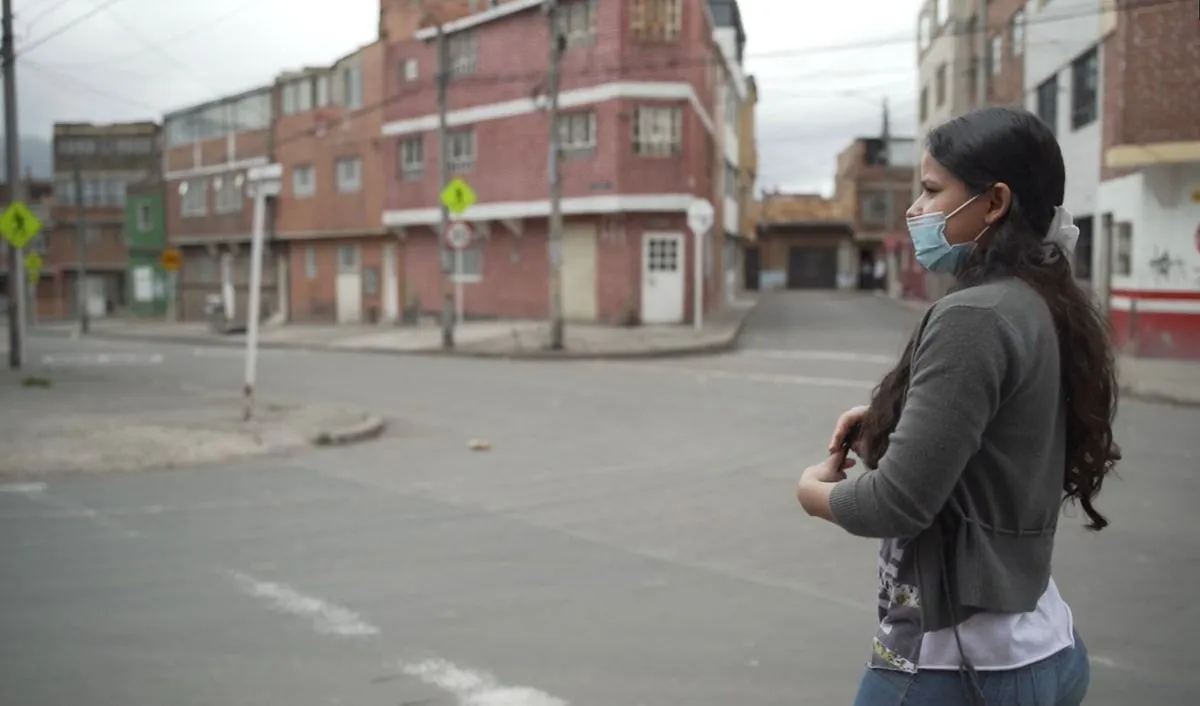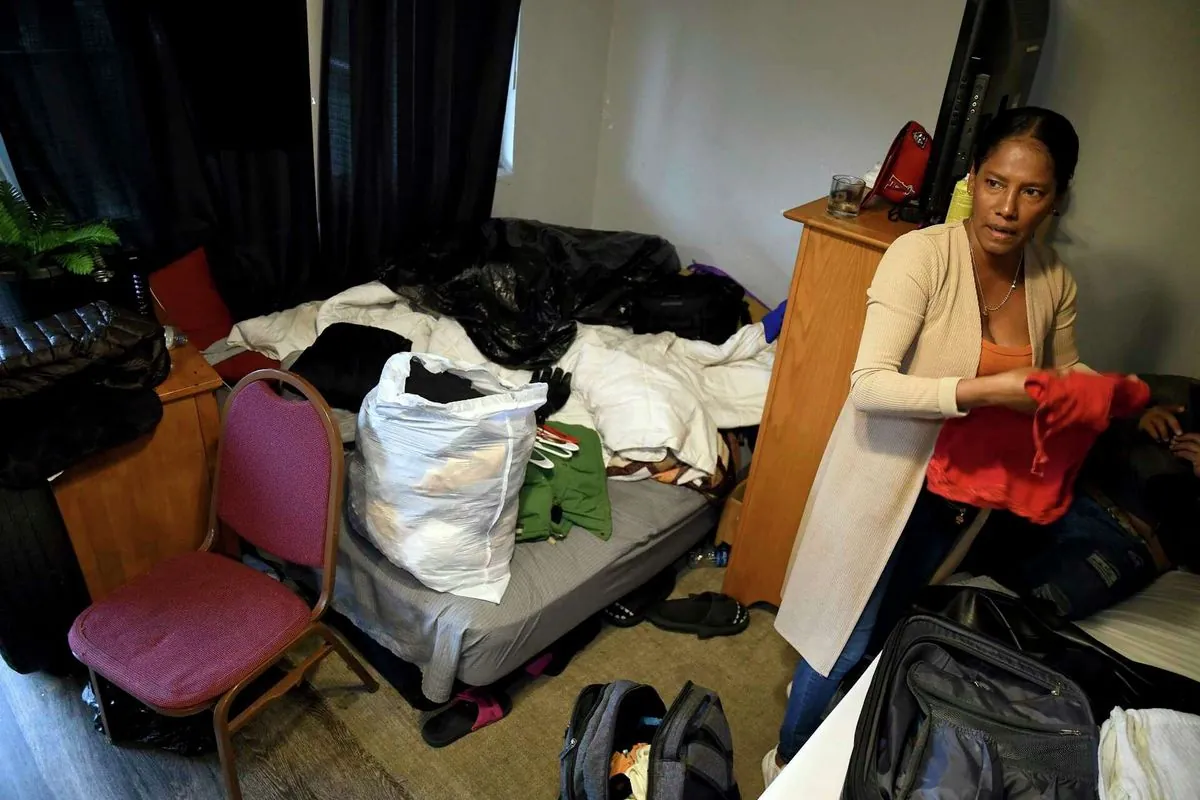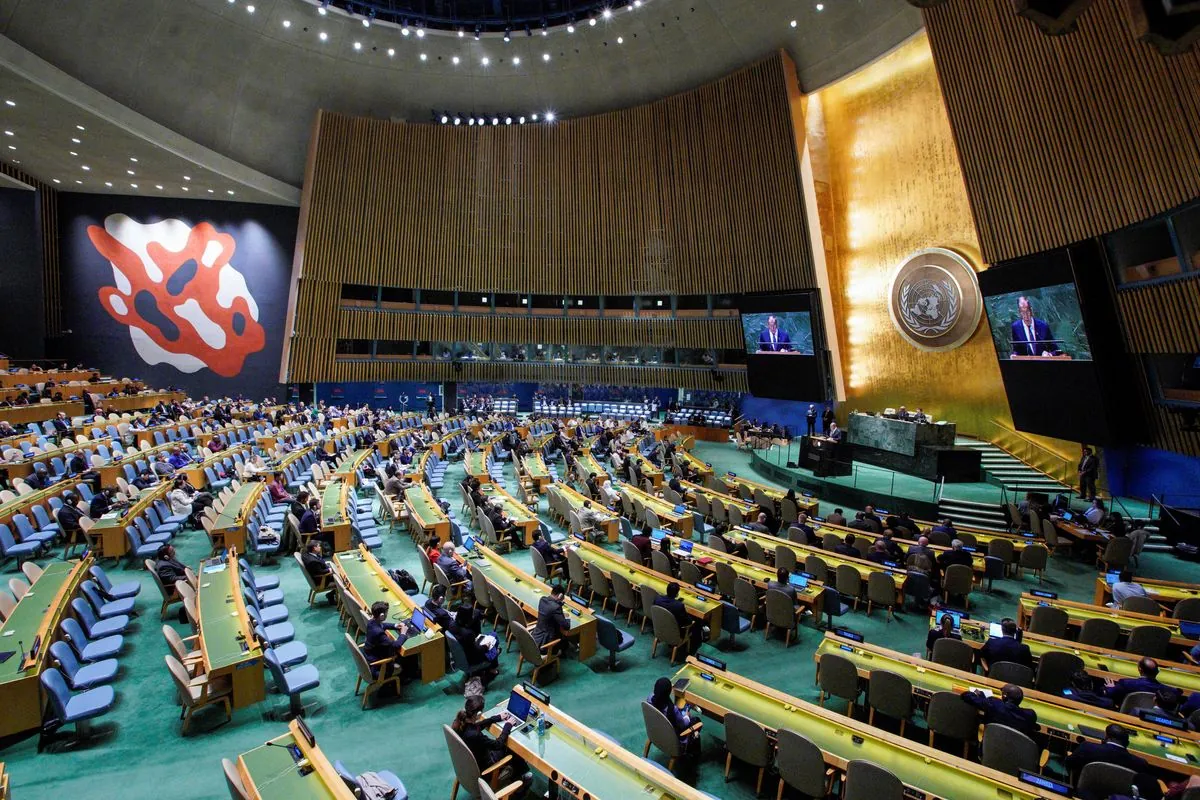Migrant's Journey: From Colombian Dreams to American Realities
Sofia Roca's quest for work in Aurora, Colorado, reveals the challenges faced by South American migrants in the US. Her story highlights the complexities of immigration, exploitation risks, and the search for opportunity.

Sofia Roca, a 49-year-old Colombian immigrant, arrived in Denver in November 2023, seeking better economic opportunities to support her ailing daughter back home. Like many of the 42,000 migrants who have come to the Denver area over two years, Roca found herself in Aurora, Colorado, drawn by its lower living costs and Spanish-speaking community.
Aurora, the third-largest city in Colorado with a population of approximately 386,000, has become an unexpected destination for many South American migrants. The influx has strained local resources and created tensions between established immigrants and newcomers. In February 2024, Aurora officials warned against housing migrants, highlighting the city's unpreparedness for the sudden demographic shift.
Roca's journey to find work along East Colfax Avenue, one of the longest commercial streets in the United States at 26.5 miles, illustrates the challenges faced by many female migrants. The street, once seen as a promising place for employment, revealed a harsh reality of open drug use, sex work, and limited job prospects for those without work authorization.

The migrant influx has had far-reaching effects. By September 2024, Texas Governor Greg Abbott had bused at least 119,000 migrants from the border to Democratic-run cities, including Denver, as part of a controversial political strategy. This influx coincided with a significant increase in women and girls attempting to cross the U.S. southern border, with nearly 900,000 recorded in 2023 - a fivefold increase over the previous decade.
Roca's experience highlights the economic disparities driving migration. Colombia's economy was severely affected by the COVID-19 pandemic, with GDP contracting by 6.8% in 2020. The promise of earning $1,000 a week in the U.S. was a powerful lure, as one U.S. dollar could provide breakfast for an entire family in Colombia.
However, the reality of life in the U.S. proved challenging. Roca faced discrimination, limited job opportunities, and the risk of exploitation. Her brief stay in Kentucky exposed her to the dangers of sex trafficking, a persistent threat for vulnerable migrants. The U.S. issues T visas to victims of human trafficking, with a cap of 5,000 visas per year, but many cases go unreported due to fear of retaliation.
Back in Aurora, Roca's job search led her to low-paying, physically demanding work. She earned $10 an hour at a flea market, a wage she described as "abusive." The hotel industry, which employs over 2 million people in the U.S., became a potential source of employment as Roca sought better opportunities.
"This street - it only offers prostitution."
Roca's decision to leave Aurora for a northeastern U.S. city, facilitated by a high school friend she reconnected with on Facebook, underscores the importance of social networks for migrants. Facebook, with over 2.9 billion monthly active users, has become a crucial tool for maintaining connections across borders.
In her new location, Roca has found improved working conditions and a sense of anonymity. However, her future remains uncertain. With a deportation hearing scheduled for 2025 and an asylum application process that can take years due to a backlog of over 1.6 million cases in the U.S. immigration court system, Roca's story reflects the complex and often precarious situation faced by many migrants in the United States.
As remittances from migrants working in the U.S. continue to be a significant source of income for many Latin American countries, stories like Roca's highlight the personal sacrifices and challenges behind these economic lifelines. The ongoing debate over immigration policy and the treatment of migrants in the U.S. remains a critical issue, with no easy solutions in sight.


































